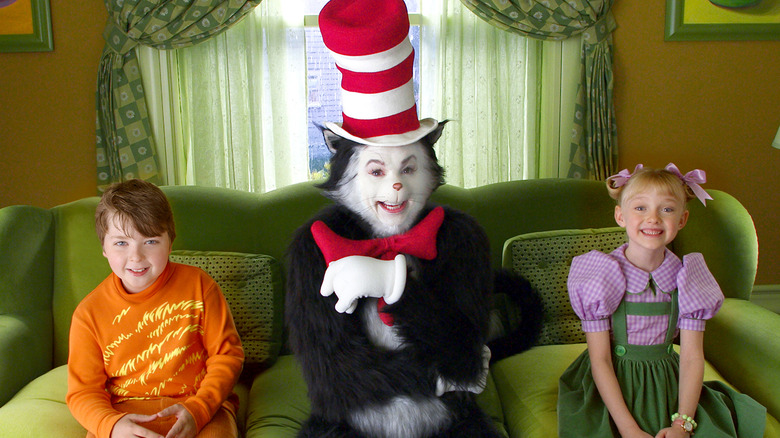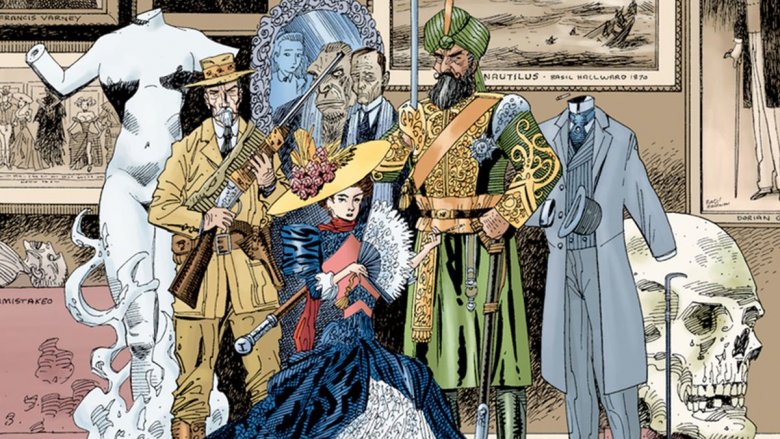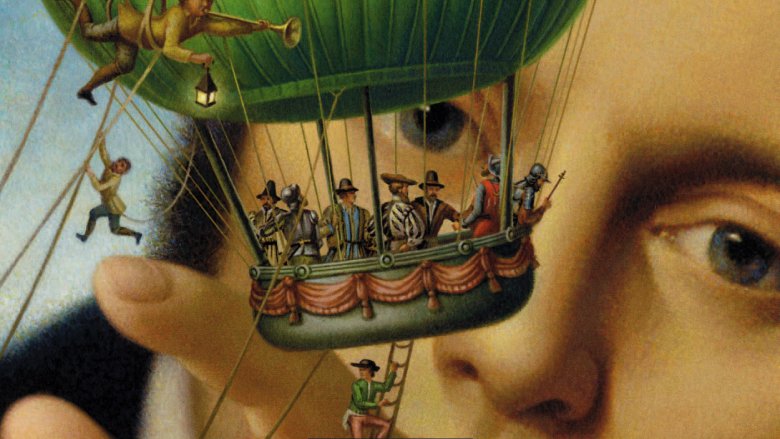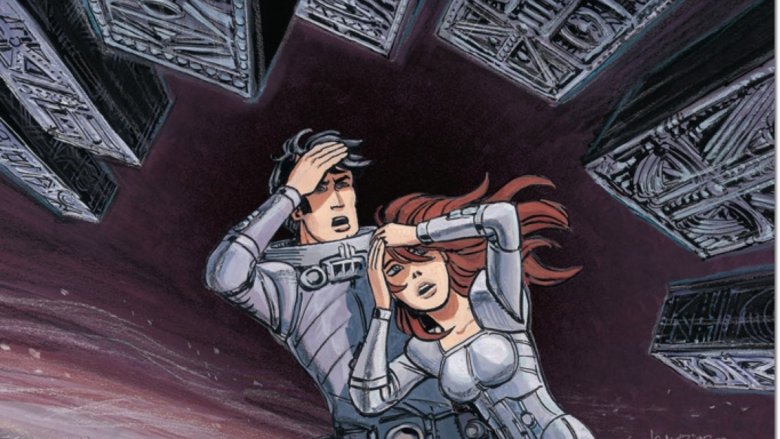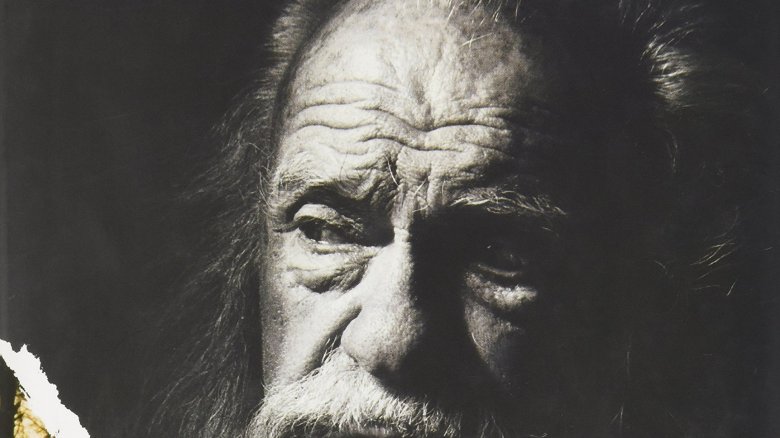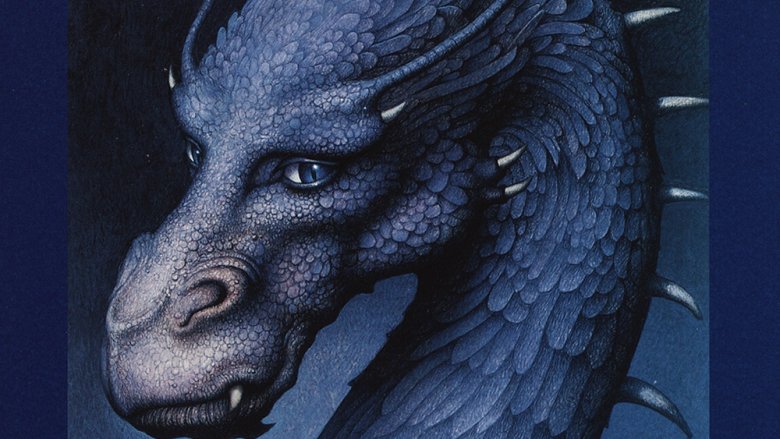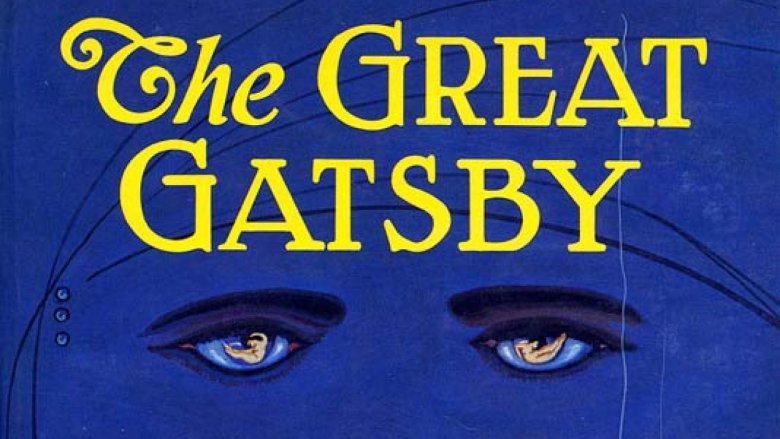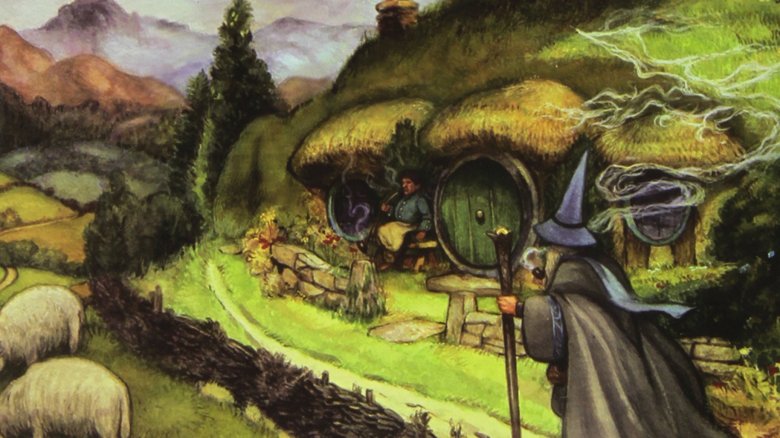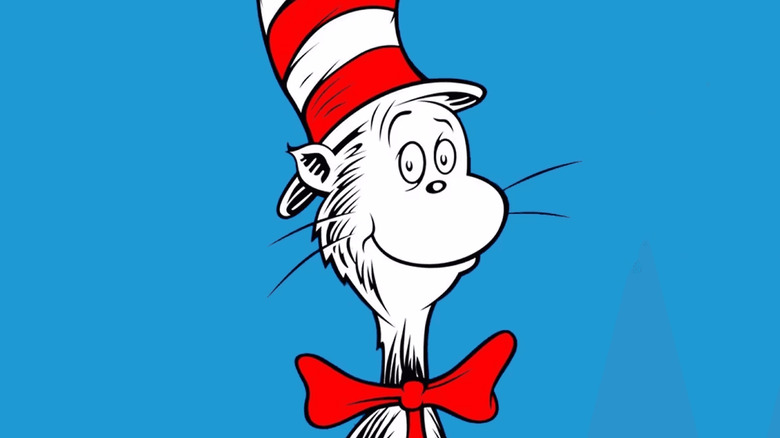Great Books That Were Turned Into Awful Movies
Hollywood loves adapting books into movies, and why wouldn't they? Basing a movie on a book means that there's already an existing fanbase and an outline for the script to follow. The Wizard of Oz, Gone with the Wind, and The Godfather are all cinematic classics that used the popularity and richness of their source material to achieve new creative heights. Even movies like The Prestige and Die Hard were based on books, although those films have largely completely eclipsed the original text.
In short, adapting books into movies is just good business. Unfortunately, good business doesn't necessarily make for good movies, and the strengths of one medium don't always carry over into another. While there's plenty of bad books that make for bad movies, the real tragedy is when a great book is adapted into a mockery of its original form. From grim and complex works that were turned into braindead action flicks to children's books turned into grotesque and sleazy comedies, here are great books that were ruined by terrible movies.
The League of Extraordinary Gentlemen
Alan Moore is rightly considered one of the best writers in comic book history, and his collaboration with Kevin O'Neill in The League of Extraordinary Gentlemen is a perfect example of why. Following a group of some of the most famous figures in literary history (Captain Nemo, Mr. Hyde, Mina Murray from Dracula, Professor Moriarty, and more), the series is a densely constructed work that belies its obvious high concept. While Moore's been outspoken about his distaste for film adaptations of his work in general, 2003's The League of Extraordinary Gentlemen is, fittingly, in a league of its own.
On the positive side of things, The League was directed by Stephen Norrington a few years after he'd helmed Blade, one of the best comic book movie adaptations. The League of Extraordinary Gentlemen even starred former James Bond Sean Connery as Allan Quartermain. Unfortunately, that's about the last of the positive qualities — Connery cost so much that nearly everyone else in the film was a no-name actor, and the script changed the original comics so much that both O'Neill and Moore distanced themselves from the final product. Even worse was the addition of Tom Sawyer, supposedly to excite American audiences and provide a youthful appeal. Americans were not excited to see the film; neither was anyone else. The film earned terrible reviews, underperformed domestically, and the production was such a disaster that Connery retired from acting while Norrington announced his decision to quit Hollywood.
Gulliver's Travels
In the history of satire, Jonathan Swift casts a very long shadow. The Irish writer's "A Modest Proposal" and Gulliver's Travels are classics of the genre, and it's fair to say that modern satirists like The Onion's writers wouldn't be the same without his work. All that is to say that if you're adapting one of literary history's deftest writers, you probably need an actor whose subtlety and depth of feeling is unrivaled. Jack Black, for all his many positive qualities, is not that actor, and casting him in the lead role of 2010's Gulliver's Travels is only one of many mistakes the movie makes.
The movie adaptation of Gulliver's Travels retains almost none of the original's clever writing and winking references, instead choosing to rely on outlandish performances and easy jokes. Despite strongly negative reviews, audiences turned out in force for the movie, and its worldwide gross was easily double its budget, which is arguably the worst part — for many of the people who haven't read the original text, Jack Black putting out a raging fire with his urine may be the only frame of reference that people have for Jonathan Swift's best work.
Valérian and Laureline
While there are plenty of poorly made film adaptations by filmmakers who couldn't care less about the source material they're adapting, passion projects can turn out just as badly. That's what happened with Luc Besson's Valerian and the City of a Thousand Planets, an adaptation of the long-running classic French sci-fi comic Valérian and Laureline. Besson had been a fan of Valérian and Laureline for years, and the comic's influences on the visual stylings of his movies are obvious.
Unfortunately, just being enamored with an artistic style doesn't mean that you can tap into the core appeal. Valerian stripped away the sly, ethereal writing style of the comics and replaced it with a sloppy, poorly paced rollercoaster ride. While the movie's visual style was beautiful, leads Dane DeHaan and Cara Delevingne delivered wooden performances that seemed more like auditions than a final cut. Critics were harsh on the movie, and it underperformed so badly in the United States that it's unlikely that we'll ever get another adaptation of the comic. Sometimes being a fan of a work isn't enough reason to actually adapt it to film.
The Giver
When it comes to film adaptations, one of the most important things to remember is that film and prose are different mediums, and that what works perfectly in one might not easily translate to the other. The best adaptations understand this, and make changes for the good of the new medium rather than being slavishly devoted to the source text. The filmmakers behind 2014's The Giver might have gone a little overboard in changing the text, however.
The novel follows a twelve-year-old boy, Jonas, who becomes the receptacle for all of his society's repressed memories and emotions. It's a slow-burning work that's heavy with symbolism and a largely internal conflict with very little action. The movie, on the other hand, ages Jonas up to 16, gives him a genuine love interest, and sprints from plot point to action set piece with manic pacing. The intent might have been to keep audiences from getting bored by the weighty conversations and internal monologues of the book, but the end result is a movie that looks identical to any other dystopian young-adult franchise and seems completely at odds with its much-loved, award-winning source material.
Eragon
Following a young farm boy who hatches a dragon from an egg, Eragon was a massively popular bestselling novel. Clearly indebted to Tolkien in style and tone, fans thrilled to the detailed maps and complicated relationships between various factions. Unfortunately, anyone hoping for an adaptation on the level of Peter Jackson's The Lord of the Rings trilogy would be disappointed by the 2006 film adaptation of Eragon.
The movie had to condense a ludicrous amount of plot development to fit the running time, leading fans of the book furious at what was left out while unknowing audiences were left scratching their heads about what had just happened. Critically, the film was savaged, and what could have been the start of a new fantasy franchise turned instead into a disappointing one-off. Eragon's failure might have just been the timing; just a few years later, a different movie about training a dragon would be released to rave reviews and box office success.
The Great Gatsby
While often gathering dust unread on high schoolers' summer reading lists, The Great Gatsby is a classic of American literature that delves into the nature of the American Dream and the spiritual emptiness of accumulated wealth. As readers of the novel know, the titular Gatsby hides his loneliness and moral corruption through outlandish parties that don't seem remotely worth the trade-off of his moral rot. A movie adaptation of the story would need a subtle hand to avoid glamorizing Gatsby's frivolous lifestyle; unfortunately, the director of 2013's The Great Gatsby was director Baz Luhrmann, a stylistic maestro more at home shooting New Year's Eve parties than quiet moments of contemplative loneliness.
Luhrmann's inarguable talent behind the camera helped to make The Great Gatsby look fantastic, but he did so at the expense of the entire theme of the story. The parties that Gatsby throws in the movie look so extravagant and fun that it's hard not to think that maybe he's got a pretty great life, regardless of his lost love and immoral ways. Read the book after watching the movie with those wild parties in mind and it's almost impossible to actually relate to Gatsby's sadness. Bad movies can ruin great books, but none quite as efficiently as this one.
The Hobbit
As dense as The Lord of the Rings trilogy can be, The Hobbit always served as a lighter introduction to the franchise. While the later books involved massive battles and political intrigue, The Hobbit was more like a fairy tale, with all the brevity and innocence that that implies. That's why it was so disappointing that Peter Jackson, fresh off of his success directing The Lord of the Rings trilogy, chose to adapt The Hobbit into film. While it doesn't seem like a bad choice considering his past success with the franchise, The Hobbit movie adaptation soon ballooned into its own trilogy.
Critics enjoyed the first and second moviez well enough, and there was some interesting casting like Martin Freeman as Bilbo Baggins. Beyond that, though, there was the problem of how many subplots and extra padding needed to be added in order to flesh out the original book, a problem that become obvious in the final movie, The Hobbit: The Battle of the Five Armies. This installment fared worse critically, and underlined how ludicrous it was to turn the short book into a massive trilogy. Adding massive battle scenes and a bigger cast makes The Hobbit movies look like The Lord of the Rings lite, a comparison that only becomes worse when you're reminded that Jackson did both.
The Cat in the Hat
There's arguably no greater children's book author than Dr. Seuss. For decades, the author created a unique style of children's literature with an inimitable vocabulary and iconic artwork. Even for adult readers, Dr. Suess' books balance seemingly random humor with a genuine sweetness and care for the characters involved. Part of the reason that Dr. Seuss' work is so timeless is that the books are truly for all ages; younger readers can enjoy the elongated character designs and nonsensical rhyme schemes, while older readers can admire the symbolism and deftness of language.
Regardless, subtlety is the name of the game when it comes to adapting Dr. Seuss books, but 2003's The Cat in the Hat is anything but subtle. Starring Mike Myers as the titular cat, the humor's crude and vulgar, more resembling Fear and Loathing in Las Vegas than any sort of classic children's literature. The set design mirrors the artistic stylings of Dr. Seuss, but what looks charming and fun on paper becomes garish and unsettling in live action. Critical consensus was decidedly negative, but poor reviews aren't punishment enough for the litany of disturbing innuendo in what is ostensibly a children's movie.
